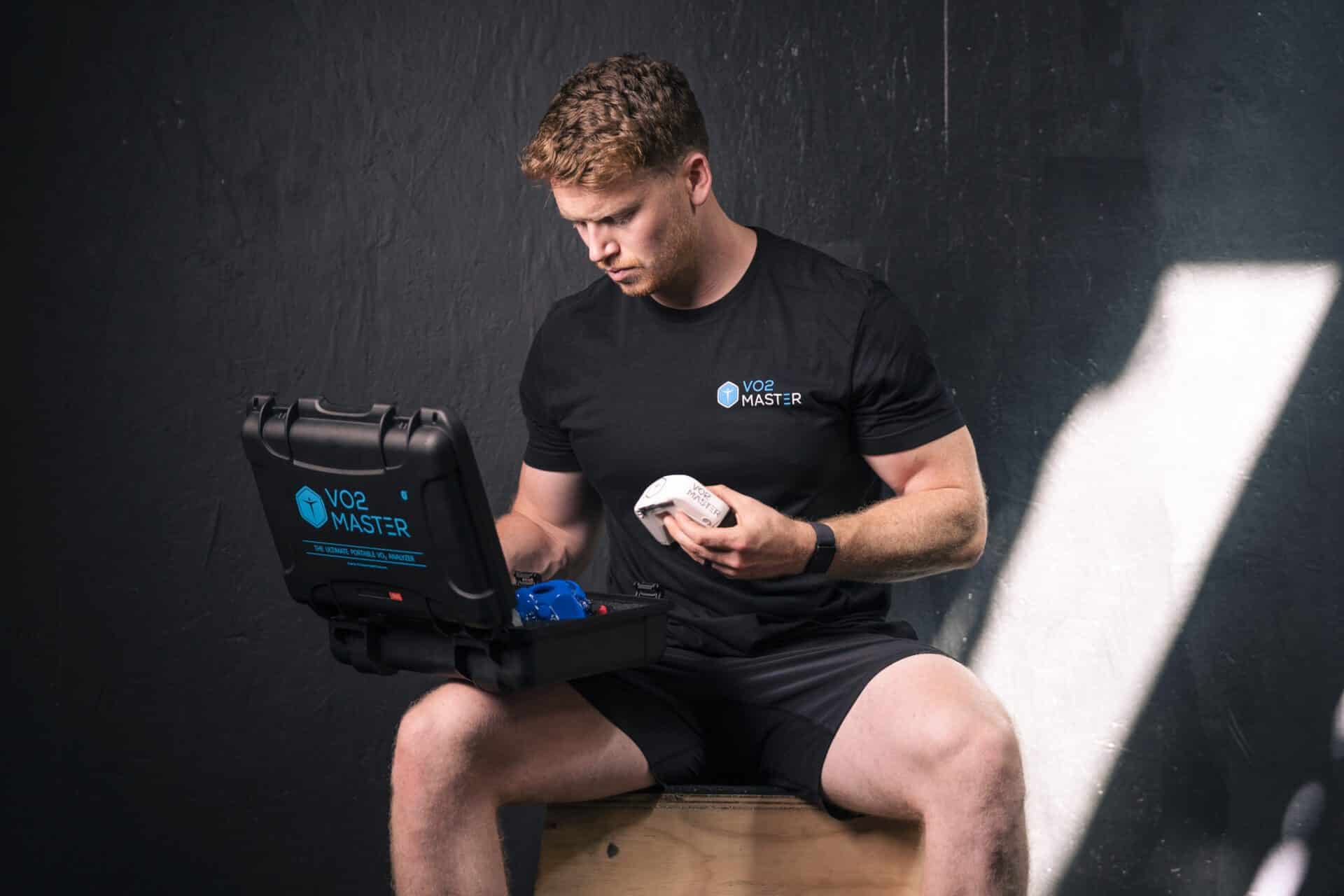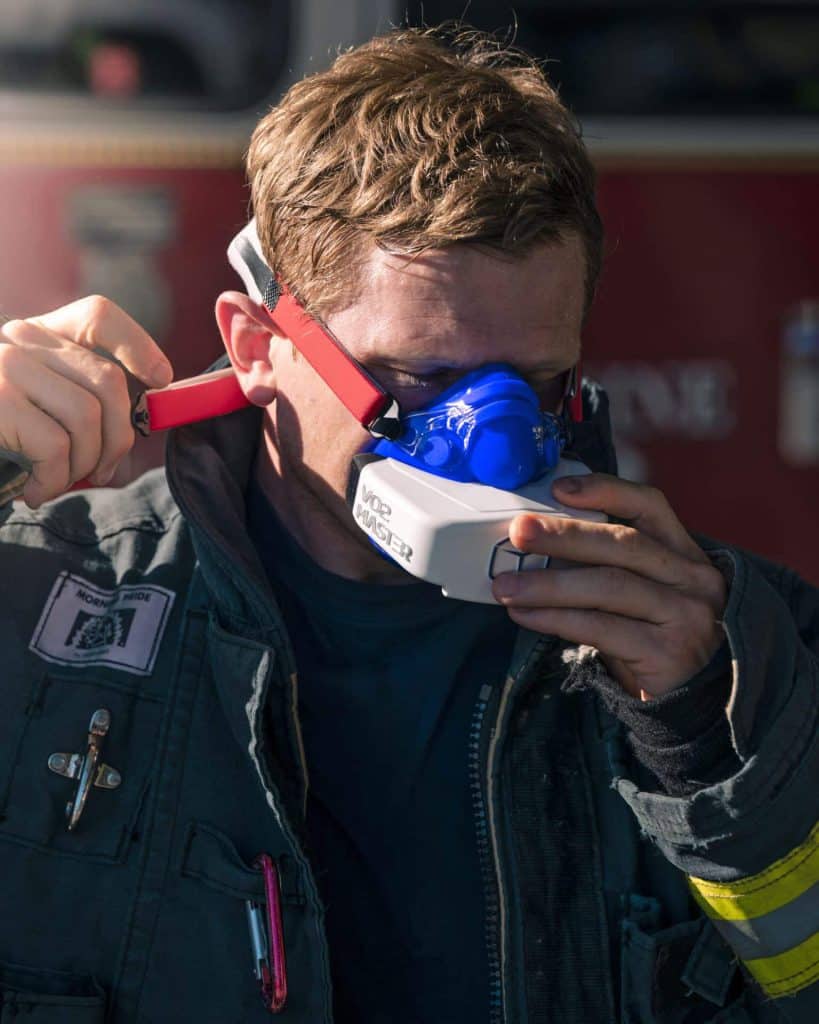Why is Spirometry Important for Metabolic Testing?
In this edition of the VO2 Master Education Series, performance coach Sean Seale interviews Dr. Andrew Sellars, Co-Founder of VO2 Master, about what exactly spirometry is and why it’s so important for metabolic testing. Read through the full details of their conversation below. Sean Seale: What is spirometry and why it is important for metabolicContinue reading "Why is Spirometry Important for Metabolic Testing?"

In this edition of the VO2 Master Education Series, performance coach Sean Seale interviews Dr. Andrew Sellars, Co-Founder of VO2 Master, about what exactly spirometry is and why it’s so important for metabolic testing.
Read through the full details of their conversation below.
Sean Seale: What is spirometry and why it is important for metabolic testing?
Dr. Sellars: Spirometry is simply a measure of lung function. There are a number of pulmonary function tests that we can do in the laboratory and in the medical system. Spirometry is really a basic measurement of the volumes and the flow of air in and out of the lungs in a single test.
In a test like this, there are many metrics that usually come out of those reports, depending on the device that you’re using. So, what metrics do we want to focus on?
The most common metrics include how big of breath you can take—that’s typically called the forced vital capacity, or FVC.
But in a simpler spirometer, most will measure FEV6—the forced expiratory volume that you can blow over a six-second period. And that has been documented as a very good approximation of your vital capacity, which is the total amount of air you can move through your lungs.
The other metric is FEV1 which is the forced expiratory volume in the first one second of breath, and most of the air that you blow out when you do a forceful acceleration.
So, to quantify that, those two numbers are quite often used in a ratio—FEV1 over FEV6—and that gives you a percent or a decimal value of what volume is. This shows you what you are able to move in the first second compared to what your total volume is.
FVC and FEV are often used interchangeably. So, how do you judge the value you get out of this test? How do you interpret it?
The way the test is done is that an athlete or a patient is coached to take as big of a breath in as they can and then blow out as forcefully as they can for as long as they can and continue until there is no airflow.
Medical-grade sensors are very accurate at picking up even small flows. So, the FPC numbers that they get tend to be a little bit larger. But for the FE6—even simple small handheld spirometers do a very good job of accurately measuring it and repeatedly measuring it.
Most athletes, if they do it repeatedly, will get better over the first two or three breaths because they learn how to blow out hard.
Most people never do this in their typical lives—to take an absolutely maximal breath in and blow as hard as they can.
But that’s how the test is performed.
You take a single breath in, as deep as you can, then breathe as hard as you can out for as long as you can until there’s no airflow. Then you take a rest and repeat.
What you’re trying to see are the highest numbers and you’re looking for repeatability. If you have two maximal tests and they’re exactly the same, you know that you’ve actually got an accurate and valid result.
Once you have your FEV6 and FEV1, what do you compare those numbers to in order to tell if it’s good, bad, or average for any given person?
There are normalized charts.
Remember that your lungs form a triangle. The taller you are, the larger the triangle and the bigger the volumes.
So, FEV6 is very closely correlated to height.
A shorter person will have a smaller triangle and smaller lungs. They’ll have a smaller FEV6.
The taller you are, the larger the expected FEV6.
We know that, with training, this can be improved, because it’s also dependent on how much diaphragmatic motion you can get and how much intercostal and costovertebral motion you can get—that’s the angles and the motion of the ribs between each other and how the ribs attach to your spinal column.
Those are the four main factors that affect FEV6—height, costovertebral motion, intercostal motion, and diaphragmatic motion.
Can you tell us a bit more about FEV1? Do we also compare this to the normalized charts?
We do, although, there’s a huge variety of what you can see in FEV1.
So, FEV1 really is a better measure of the function of the musculature and the ability to forcefully exhale air.
The greatest limitation in a healthy person is the size of their airways. So, again, smaller people will not be able to push out as much air as a bigger human being.
It really comes down to the size of the trachea—that’s the smallest part of the airway system.
This means that people with a large, thick neck and a big air pipe can push out a lot of air very quickly. If you’re a smaller, younger, or more petite person, you are going to have a smaller trachea and not be able to push out as much air in that first second.
When it comes to the ratio between those two values, you can find in the normalized charts the values you want to see for different demographics and different sizes of people. Depending on the spirometer that you’re using, many even include those data tables and charts inside of their apps so that, once you enter your personal information, it will tell you the averages for your height, size, age, gender, and more, as well as how you compare.
Those numbers can vary dramatically between the size, age, and height of the individual being tested because we see a decreasing FEV1 to FEV6 ratio as people get older.
But there’s an even more dramatic difference between trained versus untrained people.
So, people who are athletically trained and breathe strongly through different forms of training—whether you’re cycling, running, rowing, or any endurance sport—will have higher values of FEV1 because they have developed the musculature to blow air harder.
We see differences between 5% and 10% in the values of the ratios between trained and untrained people of all ages.
And in the older athletically-trained people, there’s less of a drop in performance if they continue to train into their 50s, 60s, and even their 70s.
For non-trained people, I’ve been using 100% of the average for their size as the baseline. And then for athletes and trained people, I’ve been using 110%. So, for somebody who’s trained and who has less than 110% of what they should have for their size, I would qualify them as slightly limited in their capacity. Does that make sense?
That matches the literature. There are some very good studies that back that up. Most of them are relatively small studies–hundreds of people and one had about 1000 people in it. But that 10% difference in the expectation that your athletes are 10% better than average fits fairly accurately with what the studies have shown.
